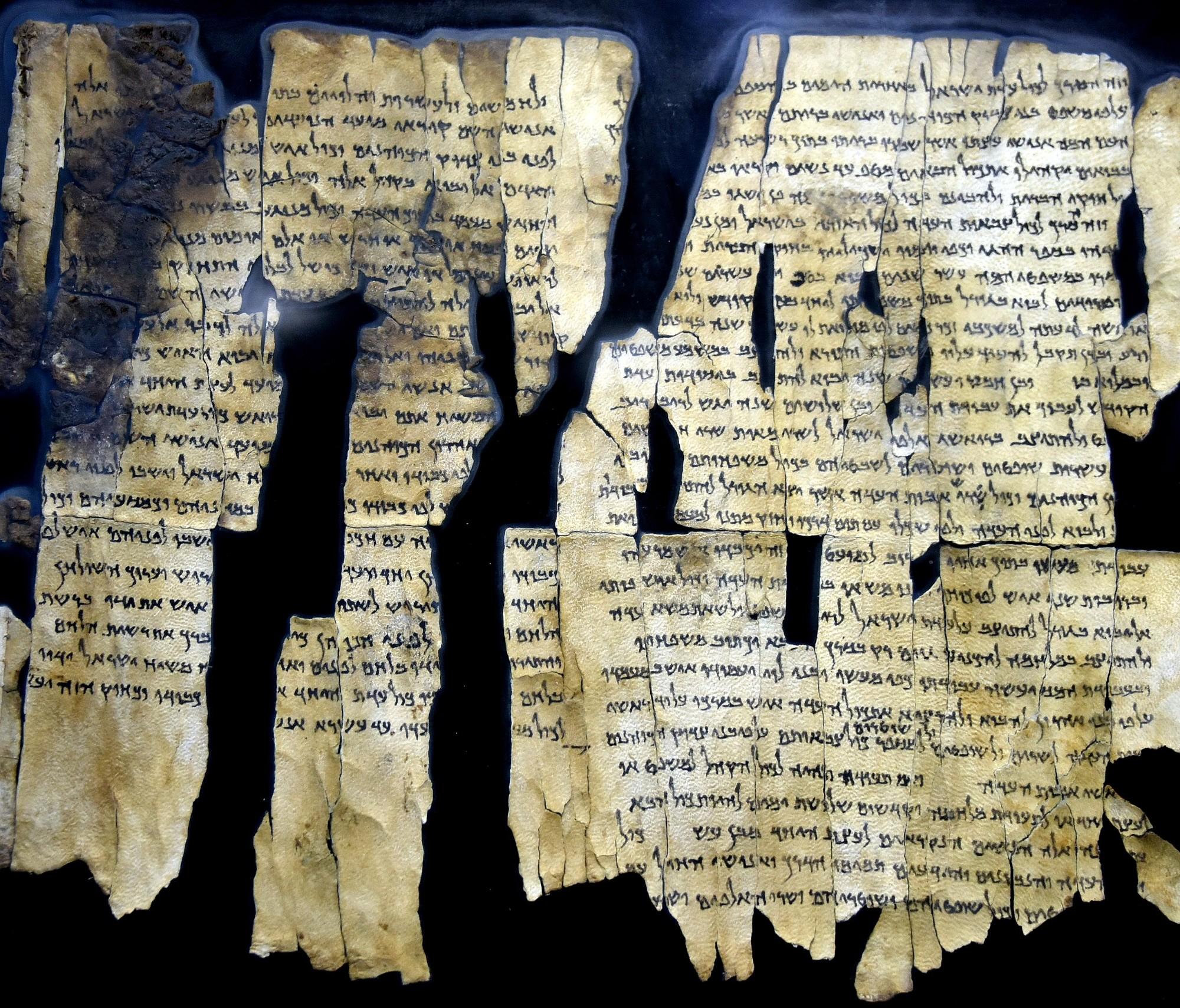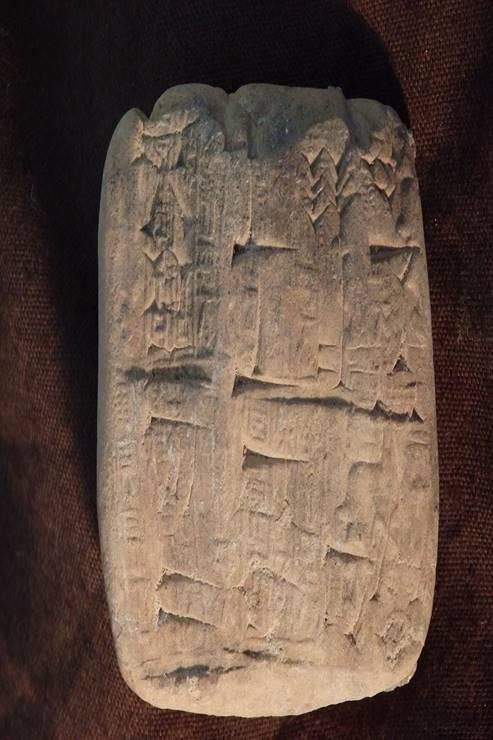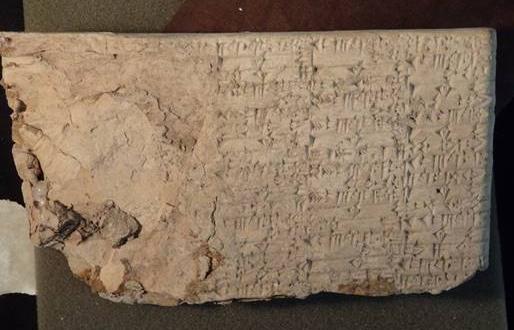The objects—5,000 of which are described as ancient papyrus fragments, and 6,500 of which are clay—lack proper paperwork to document their provenance (opens in a new window), which means they could be stolen. The items will now be given to the respective governments of Iraq and Egypt.
Green had previously been bullish about his museum’s ownership of the objects, but recently admitted his ever-evolving understanding of the world of artifact collecting has been turned on its head during this process.
“One area where I fell short was not appreciating the importance of the provenance of the items I purchased,” Green told the Washington Post (opens in a new window) last week. He admitted that when his collecting career began in 2009, he “knew little about the world of collecting… the criticism of the museum resulting from my mistakes was justified.”









